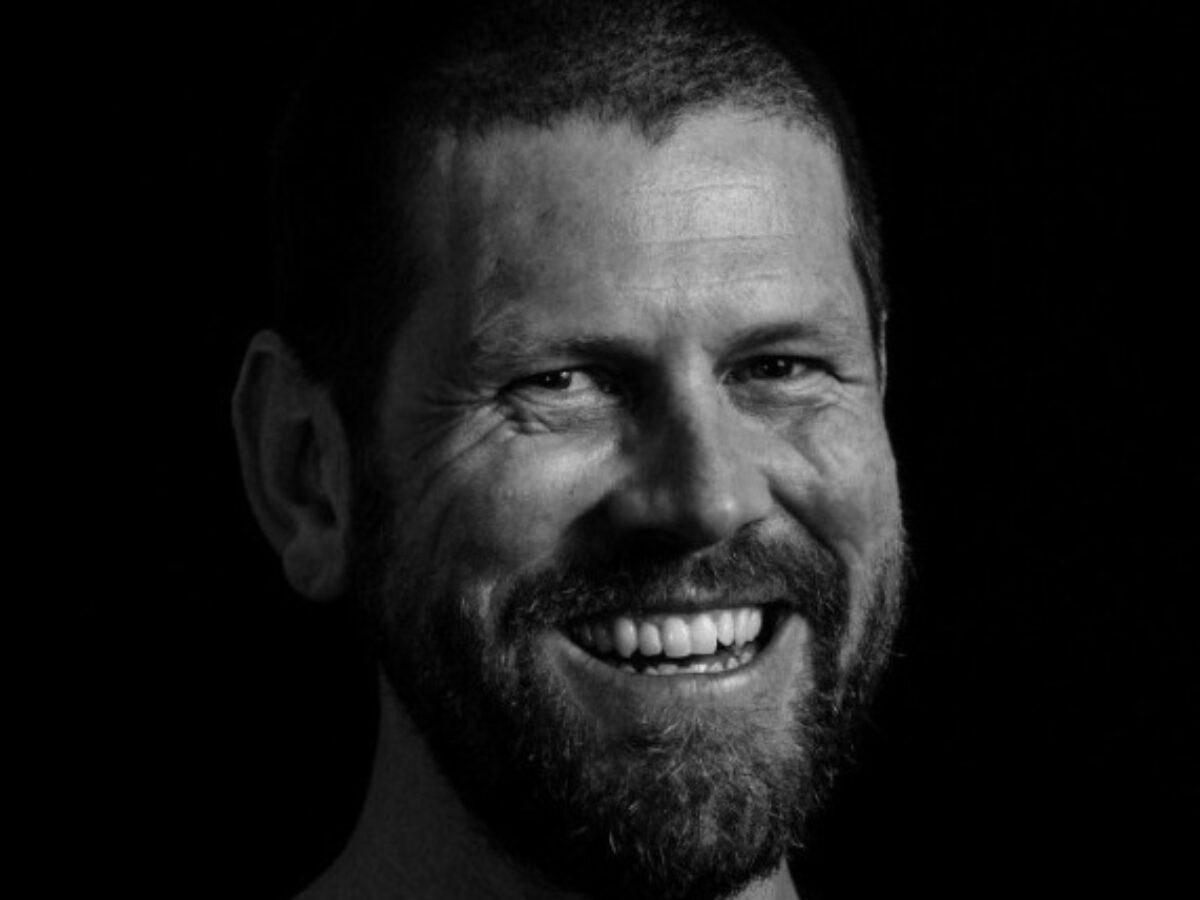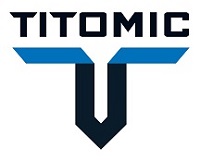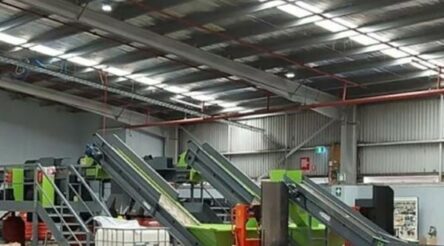Technologies and tools for a manufacturing transformation: next steps to competitiveness by Rowan Lamont

@AuManufacturing’s highly successful new deal plan for manufacturing was aimed at Australia’s policy makers. Today we launch a new series, crowd sourced advice from our manufacturing community aimed at helping businesses transform their operations to compete and grow through new tools and technologies. Here Rowan Lamont starts with the customer and how to better create products that create value.
As Australia emerges from COVID-19, many business models have been shattered.
Manufacturing owners, executives, and board members have been forced to make tough decisions in response to the massive changes that have been imposed. Some businesses weren’t able to stand up to these significant changes and fell apart. Others – robust and resilient – were less affected. Those that withstood the shocks and disruptions by adapting and creatively modifying have proven they can grow. Professor Nassim Nicholas Taleb, an expert in the fields of risk and probability, coined this “anti-fragile”.
For the Australian manufacturing industry, the COVID-19 pandemic has so far brought into focus issues relating to sovereignty, capability, supply chains and government support. As we move past the fizz coming from politicians and media rightfully showing off how some manufacturers have pivoted to COVID relief efforts, there has been little discussion about how we might build sustainable strategies for business growth within the manufacturing industry.
We are kidding ourselves to think that recovery will be a quick or straightforward path back to business as usual. It will be a recovery to something different.
Our business models of the past will not hold-up. We can’t do today what we did yesterday and expect to be successful tomorrow! This has been an abrupt realisation for those happy to run on the hamster wheel – that it is a necessity for all of Australia’s manufacturing businesses to actively innovate for impact.
As once quipped to me by the owner of Baum Cycles, a high end boutique bicycle fabricator in Geelong, “in Australia we need to make something better than anyone else in the world, or so big you can’t put it on a ship”. While traditionally Australian Manufacturing has struggled to compete on price, right now we have an opportunity to compete on value.
A shift towards a growth strategy mindset requires change. And while change is loaded with risk, as we are all keenly aware in our current context, the risk of stagnating is far greater than the risk of changing. However, the anxiety around these options are real – compounded by the levels of uncertainty that come with these times. With consumer behaviour changed, markets shifted, and stakeholders and supply chains disrupted, how do we shine a light into an uncertain future?
Vast, transformational step-changes for most established Australian manufacturing businesses are out of reach. So, in this moment we need to talk about active evolution. Working towards this end, following are some things to consider when evolving to a growth strategy in times of uncertainty.
To implement positive change we need a strategy. In order to implement strategy, a business leader is required to make decisions. Decisions can’t be made without options, and options necessitate understanding.
Build Understanding
Our manufacturing businesses are dependent on customers, without which we have no cash-flow. Therefore, let’s start to build understanding by focussing on our customer and delve into what they and their businesses are trying to achieve.
Customer needs are also changing. By observing, asking questions and working alongside them, an understanding of the jobs they are trying to do can emerge. Understanding the customer’s patterns of behaviour gives insights to the pains they are experiencing, bottlenecks in their workflow and frustrations they have when trying to achieve their goals. In doing this, new perspectives are learnt, and the deeper intentions of your customers are unearthed.
Additionally, the problems they come up against can also be identified.
Building this understanding and capturing the customer’s problems become the starting points from which creative business leaders can begin to shape options towards innovative solutions. Then, once an understanding of the customer has been established, the same process can be applied to suppliers and stakeholders.
Shape Options
Small innovations, quick tests and prototypes can be used to test different ways to try and resolve identified customers problems. Through iterating, options emerge that start to build traction. Using small, tactical plays decreases risk for the business, also allowing for expertise to be gained, unexpected opportunities to be revealed, and new possibilities to be exposed.
Exploring options provides surety that new product solutions actually respond to the needs of the customer and reduce identified customer pains. Taking small risks – the iterative process – provides a pathway to confirm proposed product solutions will resonate with the customer in a way where they will gain value from them.
Innovative companies consolidate their core and then extend into trying new options. But the most innovative companies go further.
One example is GroundProbe, a Brisbane-based mining hardware manufacturer, which actively spends time with the customers in mine sites, sharing prototypes with their customers and learning how they will make their customers’ experiences better. The feedback is then directed straight back into improving the next prototype. And by involving their customers and bringing them along the innovation journey, they forge deep and lasting relationships. They are able to better forecast trends and adapt with agility – thereby turning uncertainties into strengths.
Make Decisions
After exploring options, business leaders are then able to think about challenging current norms and transitioning into a new future. As the risks are understood, decisions become easier to make. Agility can grow within the organisation, and strategies for the future start to become clear.
Even large manufacturers are shifting to an agile approach – as this article explores.
Take BMW, which has a working relationship with Queensland University of Technology’s Creative Industries Faculty. They are open about establishing small multifaceted teams, both here in Australia and in Germany, to tackle new problems that customers will be facing across future horizons. It is a very agile approach, and somewhat unexpected for a large corporation to take. Volker Richter, BMW’s Head of Total Vehicle Technology and Quality Management, aptly describes the strategy as “thinking like a startup, but acting like a grownup”.
Looking at current trends, Australia is heading towards a manufacturing industry that will have carved out niche markets by adapting to the needs of niche customers.
New technology may have a role in this, but only if it serves to create products that customers attribute value to.
And while manufacturing is not always thought of as a creative industry, creativity has a large part to play in evolving and re-invigorating the manufacturing economy.
Australian businesses will differentiate and control new product markets by doing things in ways that are unique, innovative and sustain a high wage. What we will see is a transition from the mindset of “I’m going to create this thing, and hopefully the world will buy it”, to a creative mindset of: “How can I build a business model that will enable me to not only create value, but capture value?”
This approach is a de-risking strategy that builds confidence when we are being forced to make change. It defends against competition and provides certainty moving into a new future. How anti-fragile is that!
Rowan Lamont is Strategic Designer at Business Models Inc.
@AuManufacturing’s Technologies and tools for a manufacturing transformation series is brought to you with the support of Titomic and the Advanced Manufacturing Growth Centre.

Subscribe to our free @AuManufacturing newsletter here.
Topics Manufacturing News Technology
@aumanufacturing Sections
Analysis and Commentary Awards Defence Manufacturing News Podcast Technology Videos










